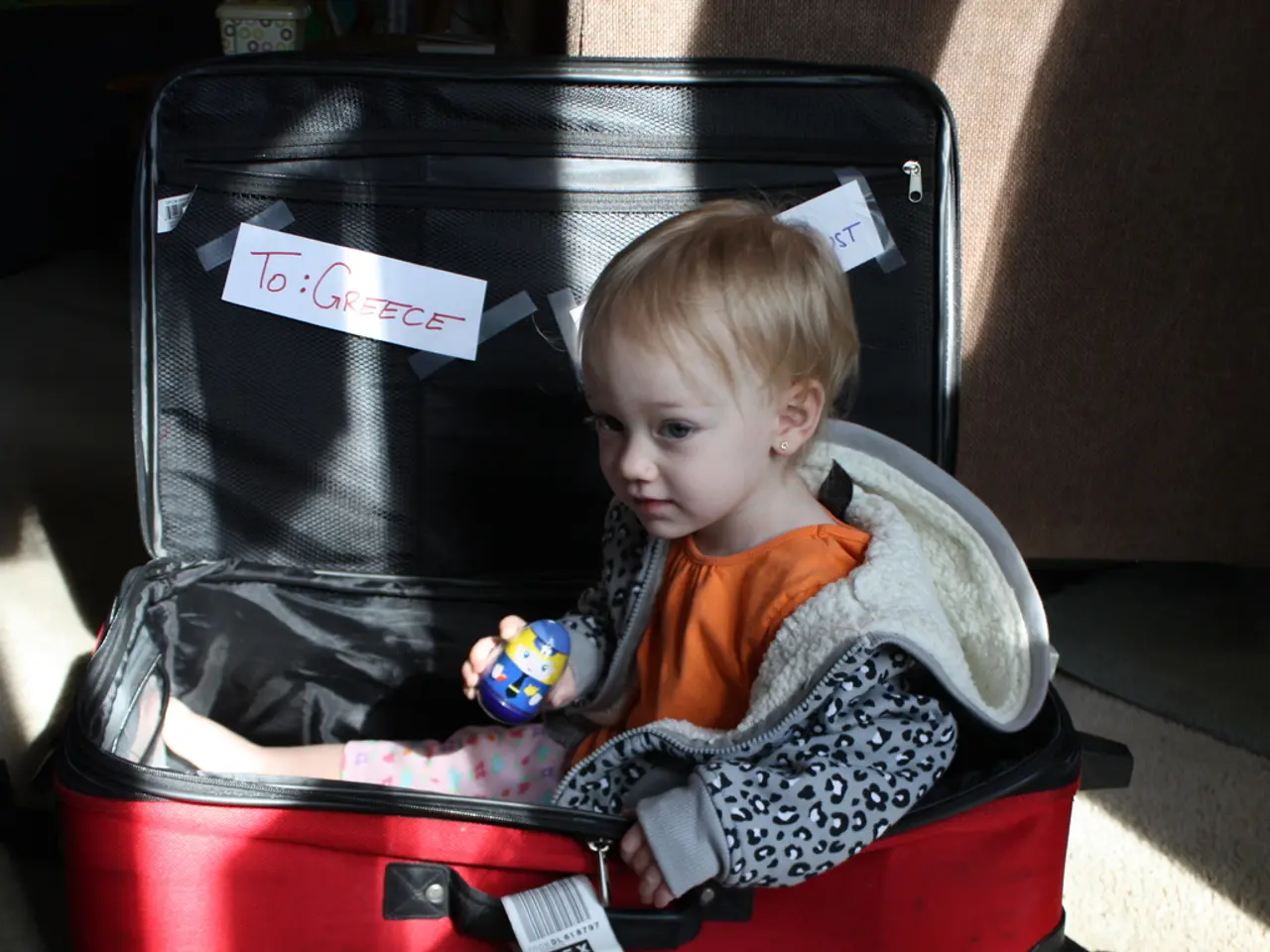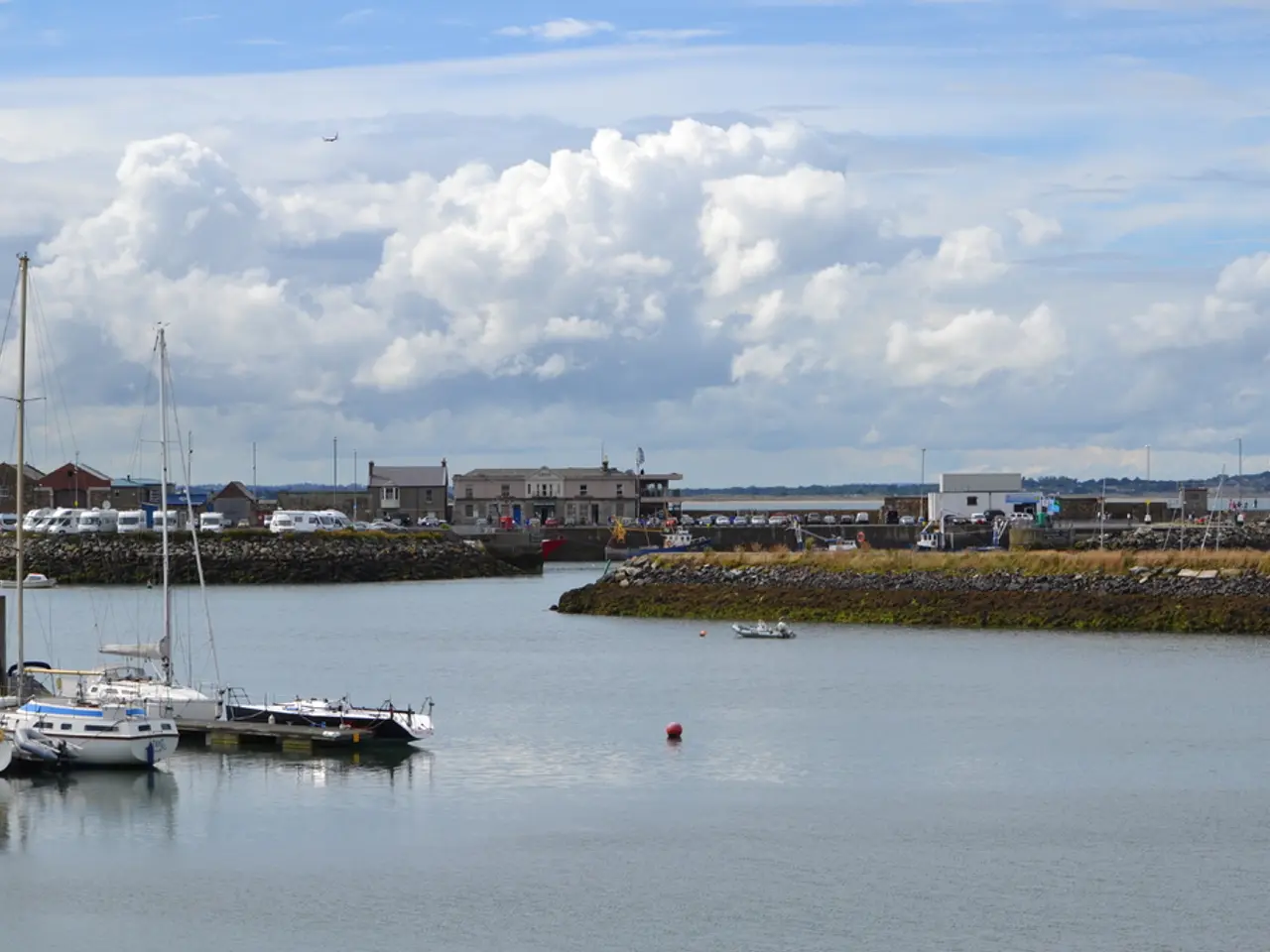Border screening initiated by Poland; curious to foresee consequences.
The borders between Germany and Poland have seen a significant change, with the temporary reinstatement of border controls starting July 7, 2025. This decision, aimed at curbing irregular migrant crossings and unauthorized movement across the border, is a response to rising tensions related to migration management within the European free travel Schengen area [1][2][3].
The move will likely impact travelers, commuters, and small border traffic. Freedom of movement will be affected, with regular travel across the border now facing additional checks and delays [1][2]. Travelers and daily commuters can expect longer processing times due to the implementation of temporary identity and luggage controls, which Poland argues are necessary to minimize uncontrolled migrant flows [1][4].
The close economic and social ties between border communities mean that temporary controls can potentially cause inconvenience and economic impacts on small businesses relying on cross-border traffic [4]. However, both German Chancellor Friedrich Merz and Polish Prime Minister Donald Tusk have emphasized cooperation to handle the shared challenge, suggesting measures may be coordinated to mitigate the impact and ensure border security effectively [1][2].
Goods worth 8.6 billion euros were exchanged between Germany and Poland in 2024, making Poland Germany's most important trading partner [5]. No barriers or roadblocks will be erected, but the number of lanes may be reduced or signs will be posted to slow down traffic before control points. Polish border controls will primarily target buses, minibuses, cars with many occupants, and vehicles with tinted windows [6].
The situation came about due to Germany implementing border controls in 2023 to prevent migrants without the necessary papers from entering [7]. Entry requirements for travel between Poland and Germany, as a member of the European Union and the Schengen Area, will not change; a passport is not required, and a personal ID card is sufficient for travel [8].
The Polish government has also announced measures to address far-right extremist groups that have been arbitrarily stopping vehicles and searching for migrants at border crossings. Cases of usurpation of office and insulting officials will be punished [9].
Polish transport companies serving production lines in Western Europe with components manufactured in Poland fear delays and blockades due to potential 100% controls on the Polish side [10]. Around 13,000 people commute daily from Poland to Saxony, and more than 14,000 do so to Brandenburg [11].
The reform of the Common European Asylum System (CEAS) proposes that asylum seekers will be registered at the EU's external borders, including identity verification and biometric data collection [12]. Travelers entering Germany from Poland should expect waiting times at the Polish border [8].
Sources: [1] https://www.tagesspiegel.de/politik/grenzueberwachung-merz-will-die-deutsche-grenze-nicht-schliessen/27485102.html [2] https://www.dw.com/en/germany-to-reintroduce-border-controls-with-poland/a-58201178 [3] https://www.reuters.com/world/europe/germany-to-temporarily-reintroduce-border-controls-with-poland-2025-07-07/ [4] https://www.dw.com/en/germany-and-poland-agree-on-border-controls-but-with-reservations/a-58211560 [5] https://www.statista.com/statistics/1134168/germanys-most-important-trading-partners/ [6] https://www.dw.com/en/germany-to-reintroduce-border-controls-with-poland/a-58201178 [7] https://www.dw.com/en/germany-to-reintroduce-border-controls-with-poland/a-58201178 [8] https://www.dw.com/en/germany-and-poland-agree-on-border-controls-but-with-reservations/a-58211560 [9] https://www.dw.com/en/germany-and-poland-agree-on-border-controls-but-with-reservations/a-58211560 [10] https://www.dw.com/en/germany-and-poland-agree-on-border-controls-but-with-reservations/a-58211560 [11] https://www.dw.com/en/germany-and-poland-agree-on-border-controls-but-with-reservations/a-58211560 [12] https://ec.europa.eu/home-affairs/what-we-do/policies/asylum/common-eu-asylum-system/proposed-reform_en
- The temporary reinstatement of border controls between Germany and Poland in July 2025 has implications not only for the general-news of migration management within the Schengen area, but also for crime-and-justice, as it could potentially lead to an increase in far-right extremist activities at the border crossings.
- The decision to implement temporary border controls, aimed at curbing irregular migrant crossings, can impact various sectors, including politics, as both German Chancellor Friedrich Merz and Polish Prime Minister Donald Tusk are emphasizing on cooperation to handle this shared challenge, suggesting measures may be coordinated to mitigate the impact and ensure border security effectively.








